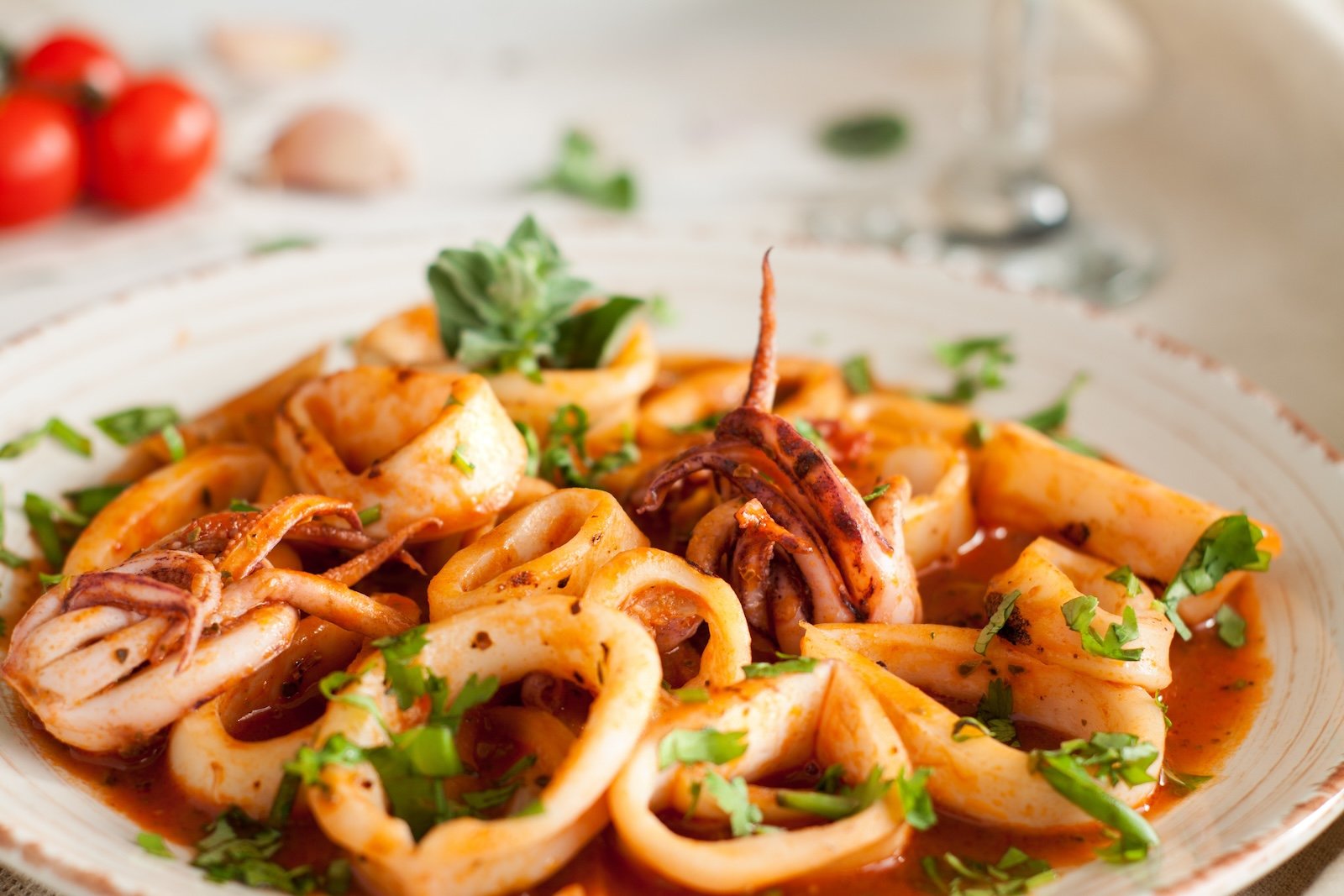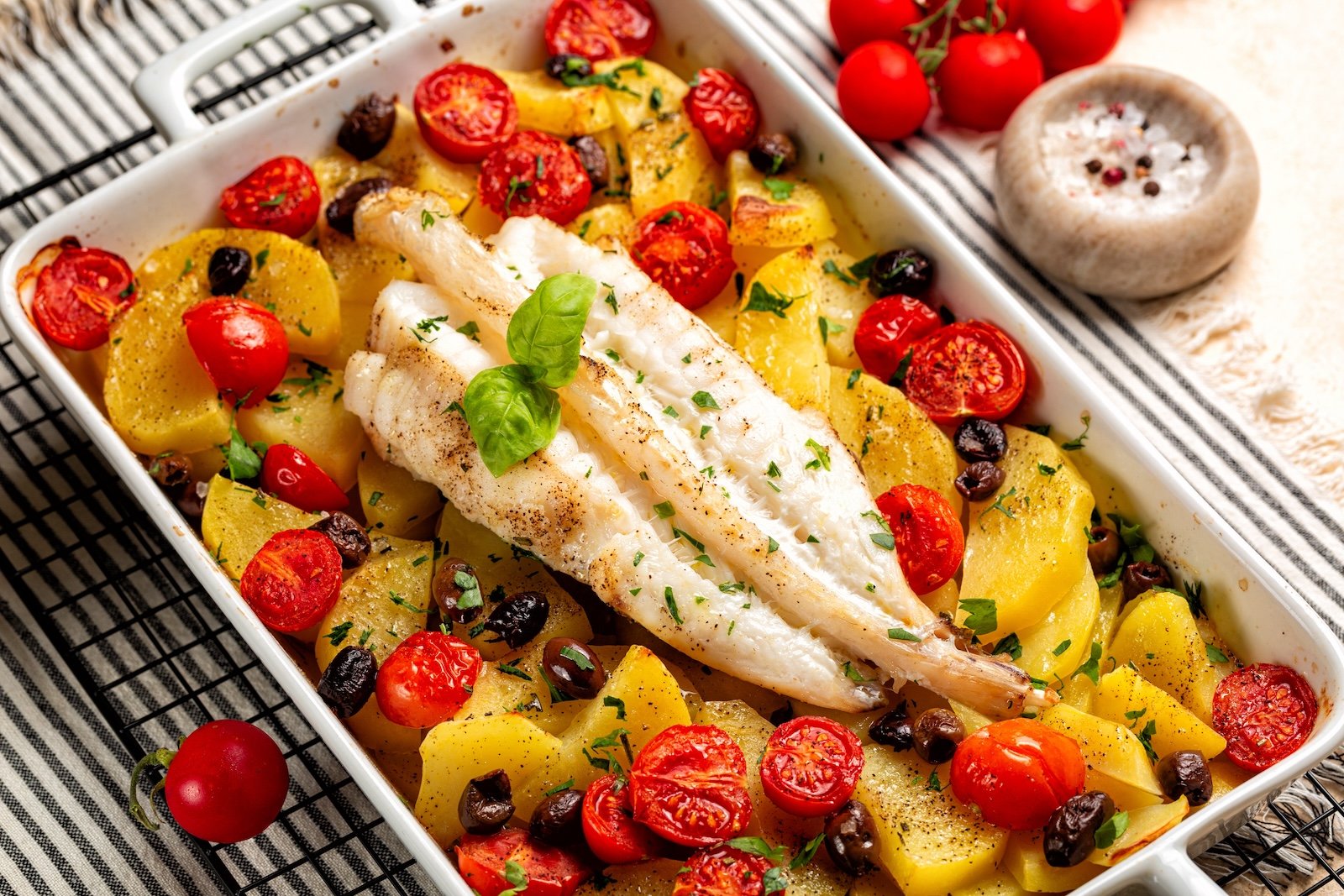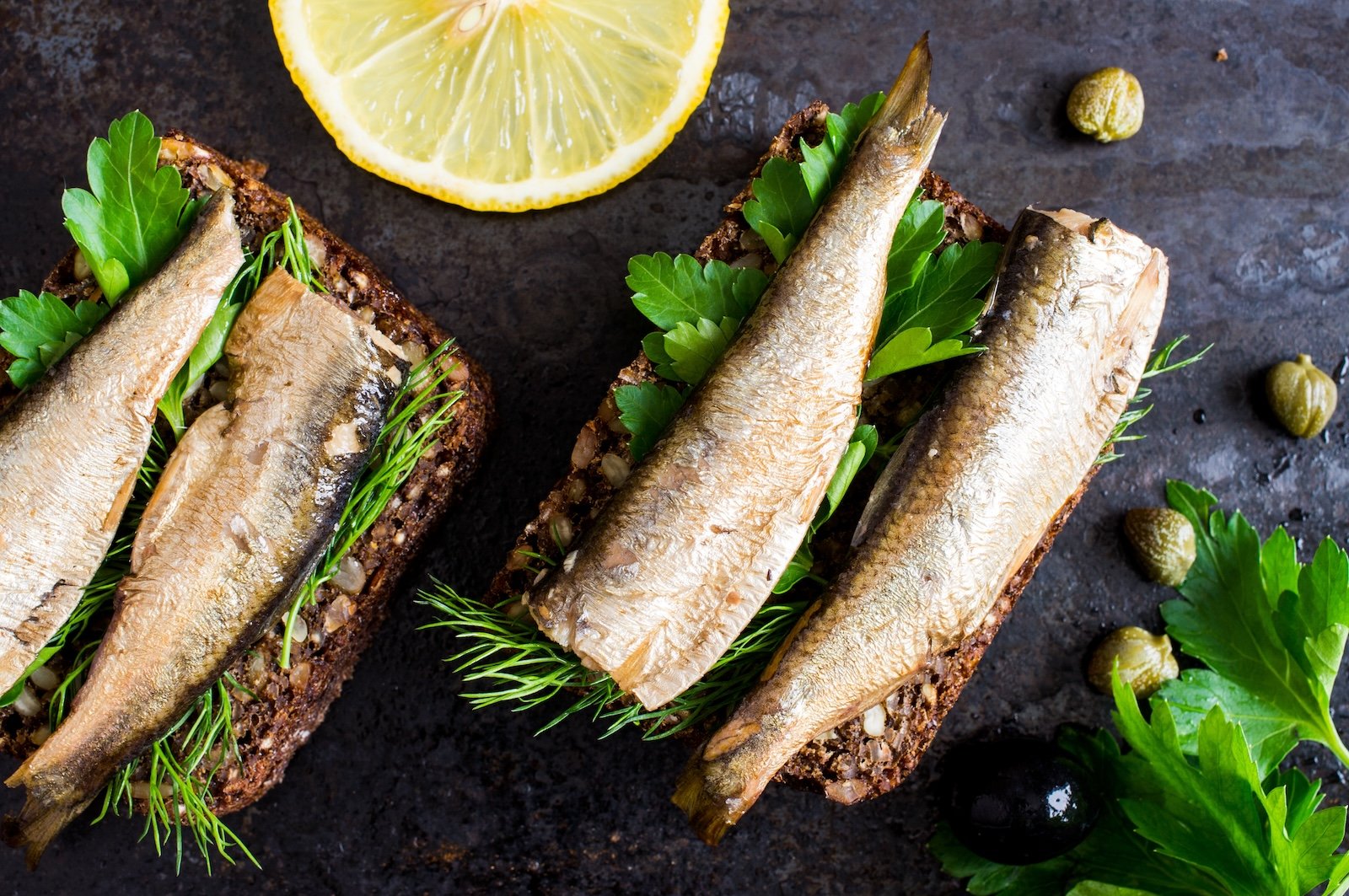There are a lot of significant seafood dishes in the world. Yet, some menu items became famous not because of the flavor or the representation of culture but thanks to well-planned advertising campaigns. Most of these seafoods are now mainstream in American households and not necessarily because they were popular in the first place but because somebody found a way to market them, put them in a new trend, or a new category that will be perceived as luxury or necessity.
Lobsters

Lobster has changed its position from a cheap cut of fish to the gourmet delicatessen most people consider it to be today. During the nineteenth century, people viewed this dish as food for the poor, so it was used to feed prisoners and as fertilizer. However, by the mid-century, when train travel and tourism rose, lobster became a popular dish to serve travelers because it was inexpensive. Later, a chef experimented with cooking live lobster, and people loved it so much that soon it became a delicacy.
Alaskan King Crab

Alaskan King Crab legs became a luxury seafood product mainly due to a carefully planned and executed promotional campaign in the 1960s and 1970s. Seafood companies exploited the exotic and large size of the crab, which became a popular delicacy among seafood consumers. TV ads, restaurant advertising, and the emergence of seafood bar grilling and restaurants focused only on crab legs. Thus, crab legs were frequently served in American households, even at the cost of an expensive meal.
Sushi

A once obscure type of Japanese food that was only introduced in the United States in the early 1980s also created one of the great success stories of modern cuisine in general – the California Roll. The crab and avocado roll dish was devised to suit the American taste buds, and the food was made acceptable sushi spread throughout the United States. Once considered exotic, risky, and new, sushi restaurants were now viewed as cool and chic because they were healthy and were credited with the touch of new-age modernity.
Tilapia

Tilapia is sometimes known jokingly as ‘the chicken of the sea’ because the fish is relatively tasteless and cheaper. However, its popularity in the U.S. is instead a matter of advertising than preference. In 1986, fish farming or aquaculture development brought tilapia into the production line because it was cheap and easy to culture. As ‘the lean white meat of the future’, tilapia easily entered American supermarkets and quickly became popular. There is controversy over tilapia’s nutritional quality and sustainability, but this fish is still consumed frequently for its low price.
Canned Tuna

Today, tuna fish is common in most American homes as it is processed in cans, but that was not the case earlier. It came into use mainly after World War II due to the marketing strategies launched to present it as an easily portable and multi-purpose product. Post-war food advertisers praised canned tuna as simple, convenient, and wholesome to homemakers with much to do. Such is this messaging that by the 1950s and 60s, canned tuna became one of the most popular seafoods in the U.S. Even though better and higher-end seafood options are available, canned tuna continues to enjoy its popularity because of its low price and ease of use.
Precoat Shrimp

Precoat shrimp, or shrimp cocktail as it was called, became the ornament of American feasts in the 1950s and 1960s. This was no coincidence: seafood firms went out of their way to promote shrimp as stylish and versatile for appetizers and entrees. Since marketers associated it with a grand dining table’s elite culinary arts, shrimp sneaked into the standard American diet. Shrimp is the current most popular seafood in the United States; the per capita consumption of shrimp is more than 4 pounds per year, which means that marketing has been effective.
Cod

The image of fish and chips owing to Cod was popular in the U.S., especially in New England, where the British influence was strongly felt. Yet people did not pull snacks like grapes, carrots, or apples from the shelf just because they wanted a tasteful snack. The fishing industry was very keen on ‘selling’ Cod as the proper fish for this quintessential dish, and before long, it had become the fish of choice for fish and chips throughout Britain. Cod stayed on as other fish came and went, partly due to its association with the archetypal dish.
Imitation Crab (Surimi)

Imitation crab or surimi is a seafood product made through meat imitation. This product has enjoyed a remarkable consumer market in the United States thanks to marketing strategies. Surimi was first used in the 1970s to imitate crab meat for consumption in all forms — sushi, salads, and so on — as it was cheaper than the real thing. It has remained popular because it is both affordable and convenient even as the consumer has become more sophisticated regarding processed foods. The case of imitation crab is a classic example of how, through marketing, consumers can be made to generate demand for a product that they may otherwise pay little heed to.
Calamari (Squid)

The fried squid Calamari was not famous in the United States until the 1970s when it was first incorporated as a novelty appetizer. Its increased popularity could be attributed to the restaurant industry’s strategies in advertising calamari as an exotic product that is readily available. This was supported by the increased popularity of Mediterranean and Italian food in the U.S., where Calamari was frequently requested—CalamCalamarimong, the most popular appetizer across America, proving the importance of the correct menu position and advertisement.
Monkfish

Monkfish were categorized as junk fish and were usually thrown back into the sea by fishermen. However, through marketed knowledge, they became a delicacy later. They were rebranded as “Poor Man’s Lobster” and soon on the menu in high-end restaurants as the next best thing to lobster. According to The National Fisherman, monkfish sales increased dramatically, highlighting how repositioning can turn a formerly ignored fish into a hot product.
Sardines

Sardines were considered half-pie food products that many consumers would not even consider worthy of their tables. However, modern marketers reconsidered the image of sardines and made them popular products of the twentieth century. Producers started associating sardines with convenience, health benefits, proteins, and Omega-3 fatty acids for working individuals. The Atlantic states that the United States population has been steadily consuming sardines due to perceived health qualities and gourmet value.
